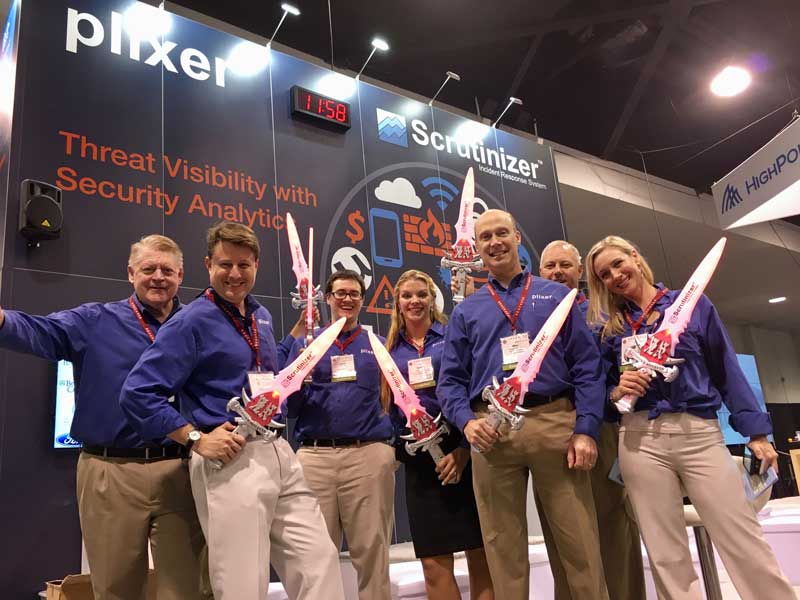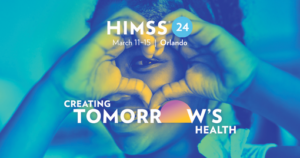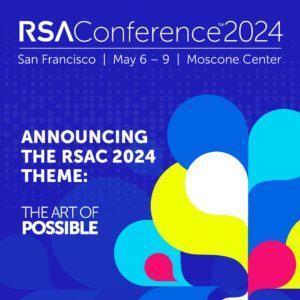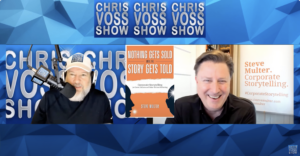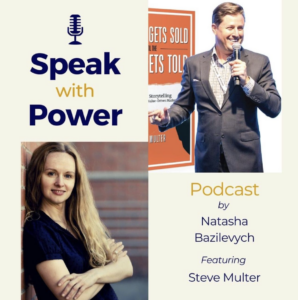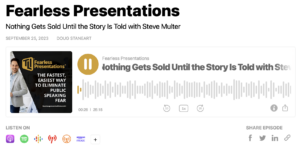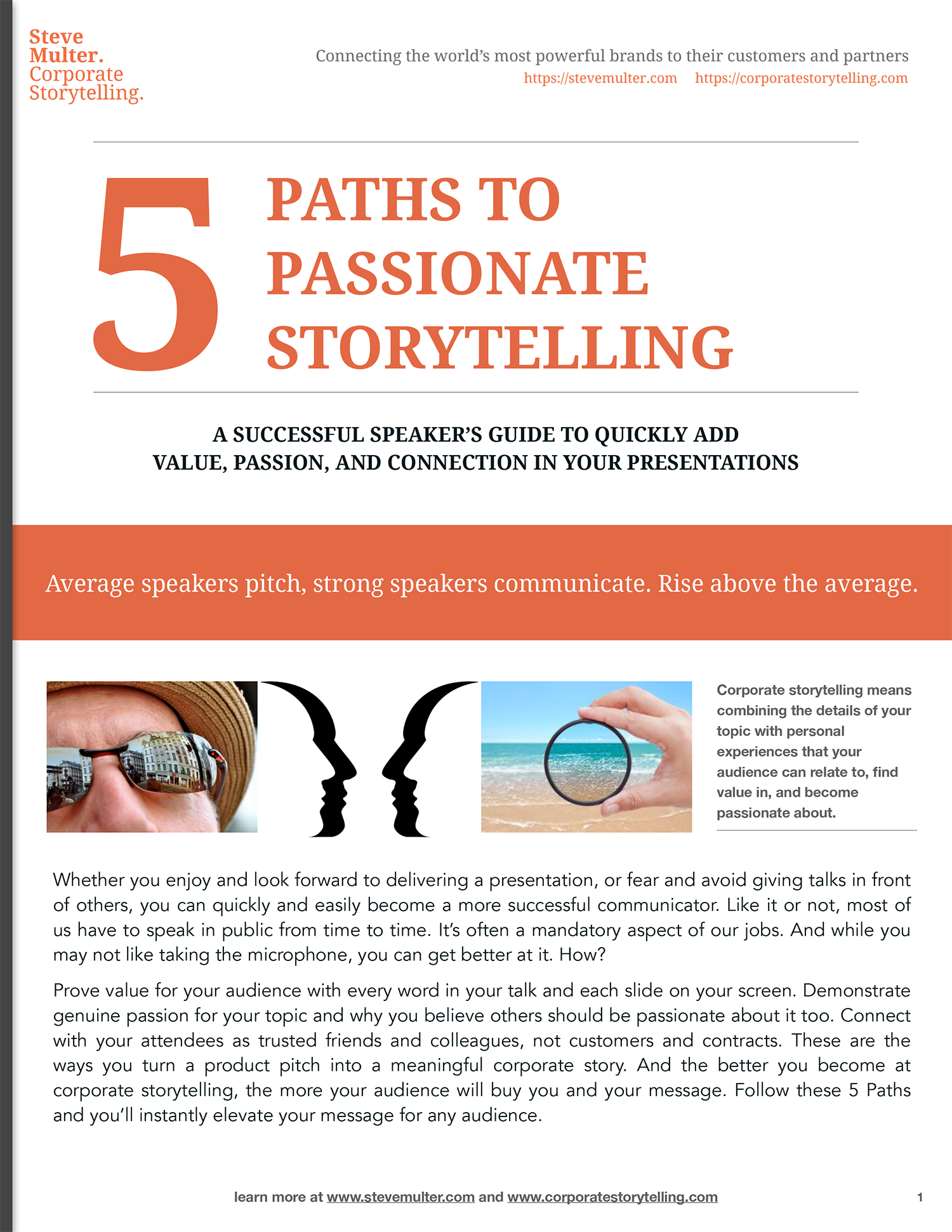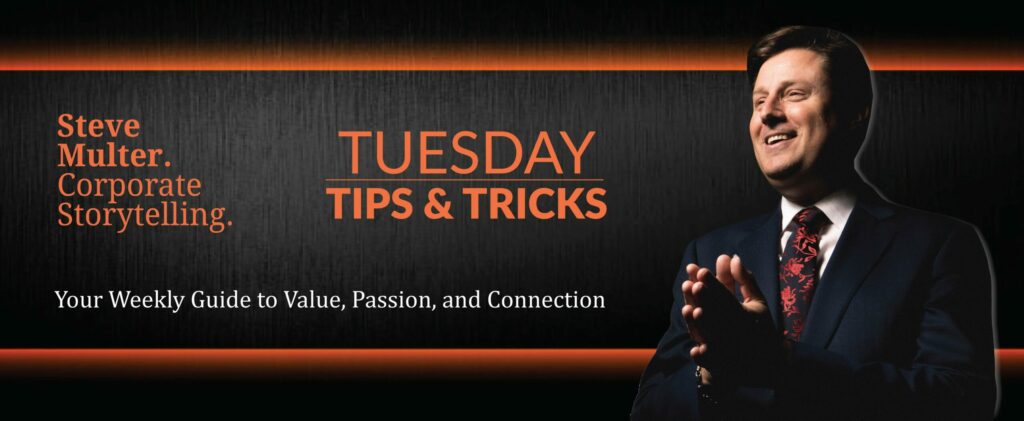Raise your hand if you love working trade shows. Anyone? Anyone? Buehler? Buehler? The truth is, most of your company’s employees don’t choose to work a trade show booth. They’re team leads, designers, developers, and SEs whose specialty is miles away from hour after hour of face-to-face customer interaction. To make matters worse, most sales people work territories or sectors; when they meet a prospect in your booth who works or lives outside their domain, the result is iffy at best. Each shift on a staffer’s aching feet equals another dozen calls missed, 50 more unanswered emails, and another set of clients ignored.
Yet the payoff is well proven to be worth the price. Your staff needs to understand their slice in that profit pie. Failure is not an option. Each ignored engagement, lack of discipline, late arrival, abandoned demo, or missed attendee does irreparable damage to the brand, your budget, and their reputation. But you can change that trajectory.
Work the Employee Cost Per Hour
A good starting point is to offer a clear picture of each staffer’s cost to be on your booth. Crunch the average numbers and discover the individual value of every representative. It’s easy to do; just add up your total expenditure to exhibit, divide that cost by the number of open show hours, then divide that hourly expense by the amount of staff in your booth. Share that hourly rate with each staffer as a snapshot of how their personal line item affects the total event investment.
Trade Show Advisor offer a great read on how best to estimate and budget your per person expenditures https://www.trade-show-advisor.com/trade-show-staffing.html
This is a simple yet effective motivation that shows just how much time and money is wasted when someone arrives late, misses their shift, extends their lunch hour, or answers emails on their mobile rather than engaging potential new clients. Before and throughout your event, remind your entire team that their dependable and engaged participation is a raise-all-boats opportunity. The more they contribute – even when it might not directly benefit their individual quota – the better it is for the brand and for all involved. Teams often perform better than individuals.
Proudly Offer a Code of Conduct
Don’t be shy about letting your booth staff know exactly what you expect of them and why. The better you work as a team, the better the company looks and profits, and the more likely you are to get budget next year without having to battle for each penny.
Offer your staff a detailed, supported code of conduct backed up by executive endorsement. Reward staffers for adherence and peak performance on the show floor. When a staffer violates the code, don’t punish, but do take note and pass your honest, objective observations on to that employee’s superior in a way that they understand how that individual was ineffective, or even damaging to the success of the booth and brand. Chances are that employee won’t be invited back, and you won’t have to worry about them again at future events.
As show hours tick by, remain present and supportive of your team. Watch their behavior carefully. Ask how you can help. Offer group strategies for improvement and increased success. You’re their leader, and the designated authority while the show is open, so take that position as seriously as you expect them to take theirs. Don’t assume your staff is happy; even the smallest offer to cover their station while they step out to take a call or bio break is enough to improve their performance, and see better results.
Practice Real Time Proactivity
Small, positive course corrections in the moment are far more effective than addressing concerns after the fact. When you see a group of sales reps chatting in a closed circle instead of opening outward to find their next engagement opportunity, gently break up the crowd and re-encourage them to extend a new hand or grab a passerby for a demo. If you witness one staffer repeatedly leaving their demo or disappearing from the booth, remind them how necessary they are and that other business needs to happen post shift. If one of your speaker only fills 4 minutes of an expected 15 minute theater spot, ask them to expand their content and find additional methods of engagement that won’t leave the booth quit and empty for so long between presentations.
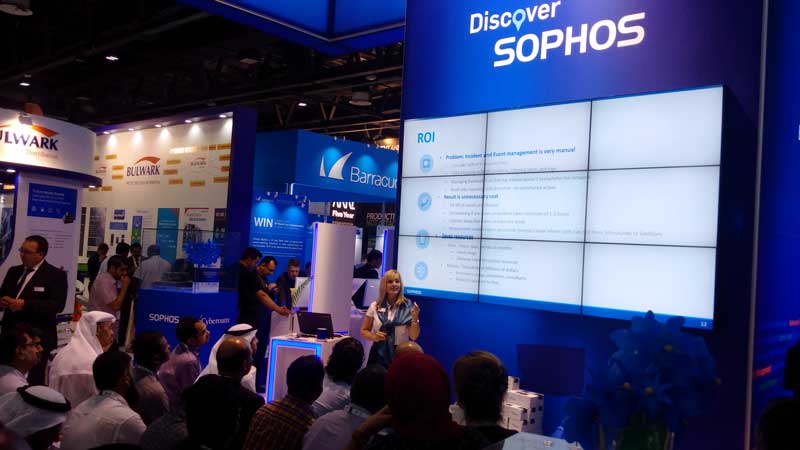
In a recent blog on The Balance, Susan M. Heathfield urges Coaching When Performance Issues Exist that can easily be applied to real-time trade show team execution strategies.
Solving the Food Challenge
Convention center food lines are usually long and slow, taking your staff off booth and away from their demos. The best fix? Order sandwiches or, if the contract allows, bring them in yourself each morning from a local deli. These options help to keep booth staff present and engaged, they lower expense report costs, and it saves wear and tear on your staffers’ already tired legs.
Coffee cups, wine glasses, and soda bottles are big no-nos in your booth. Inadvertent spills destroy laptops, shut down demos, stain your carpet and attendee clothing, and look unprofessional. Offer your staff water bottles or, even better, a water cooler/dispenser in your AV storage room. They’ll appreciate the gesture, keep your booth cleaner, and save money at the show.
Happy hour buffets or cocktail bars during afternoon hours are tempting and draw your staff away from their assigned duties. Make it very clear that alcohol is only acceptable after their shift, not during. Nothing makes your brand look worse or less interested in customer success than a staffer more interested in beer and egg rolls than engaging with potential new clients. Be firm but realistic. Think of an executive walking past the booth with influence and purchase power. How will they view your empty demos or piles of dirty plates and plastic cups all over the demo stations? How likely are they to trust you have their best interests top of mind?
No Sitting Down On the Job
Chairs and sofas can present big problems in staffer behavior. Long shifts make for tired feet, and the minute there’s a place to sit, employees are usually the first to take it. Suddenly they’ve abandoned their demos, out come the devices, and they might just as well not be in the booth at all. Unless specifically ordered for a demo, stools are for guests, not staff.
Here’s another great piece in The Balance that offers Basic Trade Show Booth Etiquette Rules for Staff.
Seated employees sends a bad signal to passing attendees and undermines your core brand value. Attendee interaction opportunities drop as staffers remain inside the booth rather than out on the aisles looking for the next opportunity to engage. As the hours and days roll on, the problem gets worse. If crowd levels drop off, sitting down and giving up increases. Nip it in the bud early and often. Most shifts are only four hours. If a staffer partied too late or brought the wrong shoes that’s their responsibility, not the company’s. Remind them how much they cost per show hour. Suggest they buy better shoes that evening.
Ease the Transportation Trauma
There’s nothing worse than finishing an 8 hour shift then waiting for a taxi in cigarette-filled lines outside the convention center. There are several easy ways to help your team get to and from the show hall and show how much you care about their time and energy.
Book a hotel in easy walking distance to the venue. That resort may be nicer or even offer a lower rate, but if it’s too far from the show venue you’ll pay more in other ways; thick traffic, late arrivals, early departures, higher expense reports, and lost sleep. Even with best intentions, most staffers don’t share cars or use the show’s free shuttle service. Pay close attention to where the team stays. Most staffers prefer a convenient but basic room to a fancier time waster.
If you have budget, consider a team bus and insist your staff use it. The investment is often lower than all the individual ground transport billings, and the convenience will be appreciated by all who work for you that week. If staffers prefer to take their own cars, they eat that expense.
Insist on shared ride services over taxis. Municipalities make it harder to use Uber or Lyft in hopes convention attendees and booth staffer will default to more convenient taxis, but the price remains far higher and the waits are usually much longer. Ride sharing costs the company less, and, once you find the pickup and drop-off spots, tends to be more convenient. Drivers are friendlier, cars are cleaner, rates are predetermined, and since it’s peer-to-peer there’s no long line or fighting over taxis. Require your people to ride share opportunities and let them know taxi receipts won’t be accepted. Everybody wins, and the savings in time and expense are substantial.
